United Arab Emirates
Geography
The United Arab Emirates (UAE) is located in the eastern part of the Arabian Peninsula, extending along part of the Gulf of Oman and the southern coast of the Persian Gulf. The country is bordered by Saudi Arabia to the west and south, and Oman to the east and northeast. It also shares maritime borders with Qatar to the west and Iran to the north. The UAE covers a total area of approximately 83,600 square kilometers.


The UAE's terrain is a diverse mix of sandy desert, coastal plains and highlands. The largest natural harbor is at Dubai, with smaller facilities at other emirates. The UAE also has significant parts of the world's seventh largest desert, the Rub' al Khali (Empty Quarter), and a part of the world's longest sand desert, the Arabian Desert.
Climate
The UAE has a hot desert climate, with high temperatures and humidity in the summer and mild winters. The hottest months are July and August, when average maximum temperatures reach above 45 °C (113 °F) on the coastal plain. In the Al Hajar Mountains, temperatures are considerably lower, a result of increased elevation.
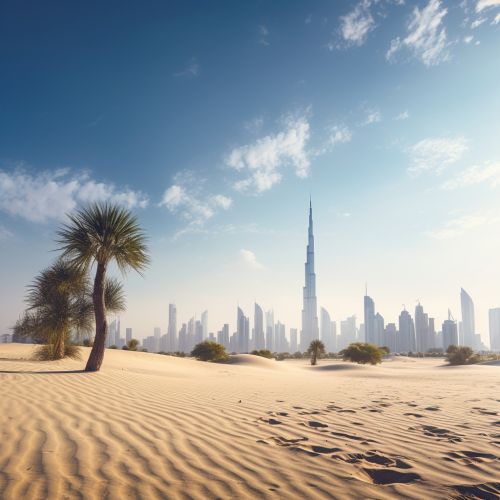
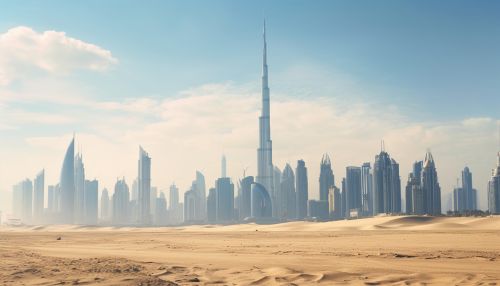
Rainfall in the UAE is infrequent and does not last for a long period. It mostly falls during the colder months. Sometimes, heavy rainfall causes floods in the low-lying areas. The UAE's climate is influenced by the Indian Ocean monsoon and the North Indian Ocean tropical cyclone.
History
The history of the UAE dates back to the Bronze Age with the discovery of several archaeological sites that provide evidence of a sophisticated civilization. The area was known to the Sumerians as Magan, and was a source for metallic goods, notably copper and bronze.
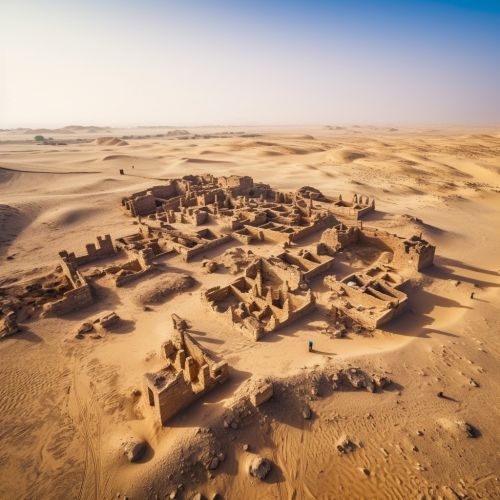

The area's history can be traced back to 6000 B.C. when the area was occupied by seafaring people who were able to establish trade links with the Indus Valley Civilization. The arrival of envoys from the Islamic prophet Muhammad in 630 AD heralded the conversion of the region to Islam.
The UAE's modern history began in the late 18th century, when the Bani Yas confederation was established in the Liwa Oasis area. This led to a critical phase of growth and expansion, which culminated in the formation of the UAE in 1971, a federation of seven emirates.
Politics
The UAE is a federal absolute monarchy, and is governed by a Federal Supreme Council made up of the seven emirs of the emirates. The President of the UAE is the emir of Abu Dhabi, and the Prime Minister is the emir of Dubai.
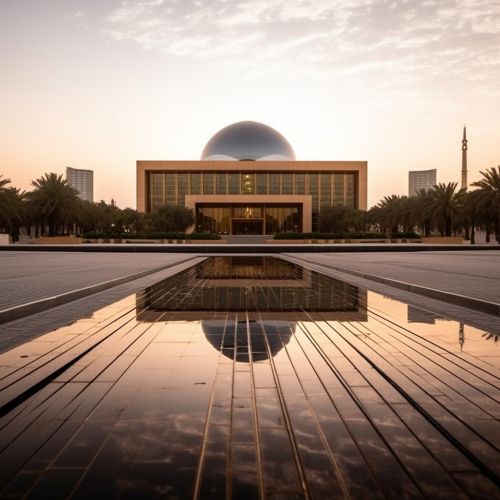
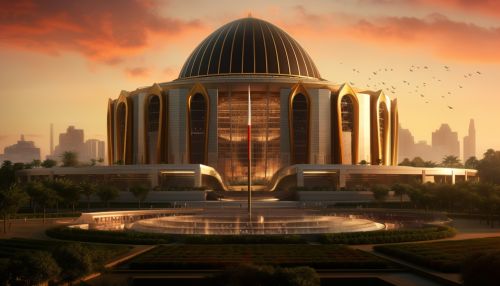
The UAE's political system, a blend of traditional and modern, has evolved in a short period of time. The government has focused on reducing corruption, and has made significant strides in human rights issues. The UAE's legal system is a dual system of sharia and civil courts.
Economy
The UAE has a diverse and high-income economy with a significant annual trade surplus. Its wealth is based on oil and gas output (about 30% of GDP), and the fortunes of the economy fluctuate with the prices of these commodities.


The UAE has been successful in diversifying its economy, particularly in Dubai, but still remains heavily reliant on revenues from petroleum and natural gas, which continue to play a central role in its economy, especially in Abu Dhabi. More than 85% of the UAE's economy was based on oil exports in 2009. In 2011, oil exports accounted for 77% of the UAE's state budget.
Culture
The UAE's culture is firmly rooted in the Islamic traditions that shape the way of life of its citizens. Hospitality and friendliness are key traits of the UAE society, which is a blend of traditional and modern cultures.


The UAE has a diverse society. The country's cultural imprint as a small, ethnically homogeneous pearling community was changed with the arrival of other ethnic groups and nationals—first by the Iranians in the early 1900s, and later by Indians and Pakistanis in the 1960s.
